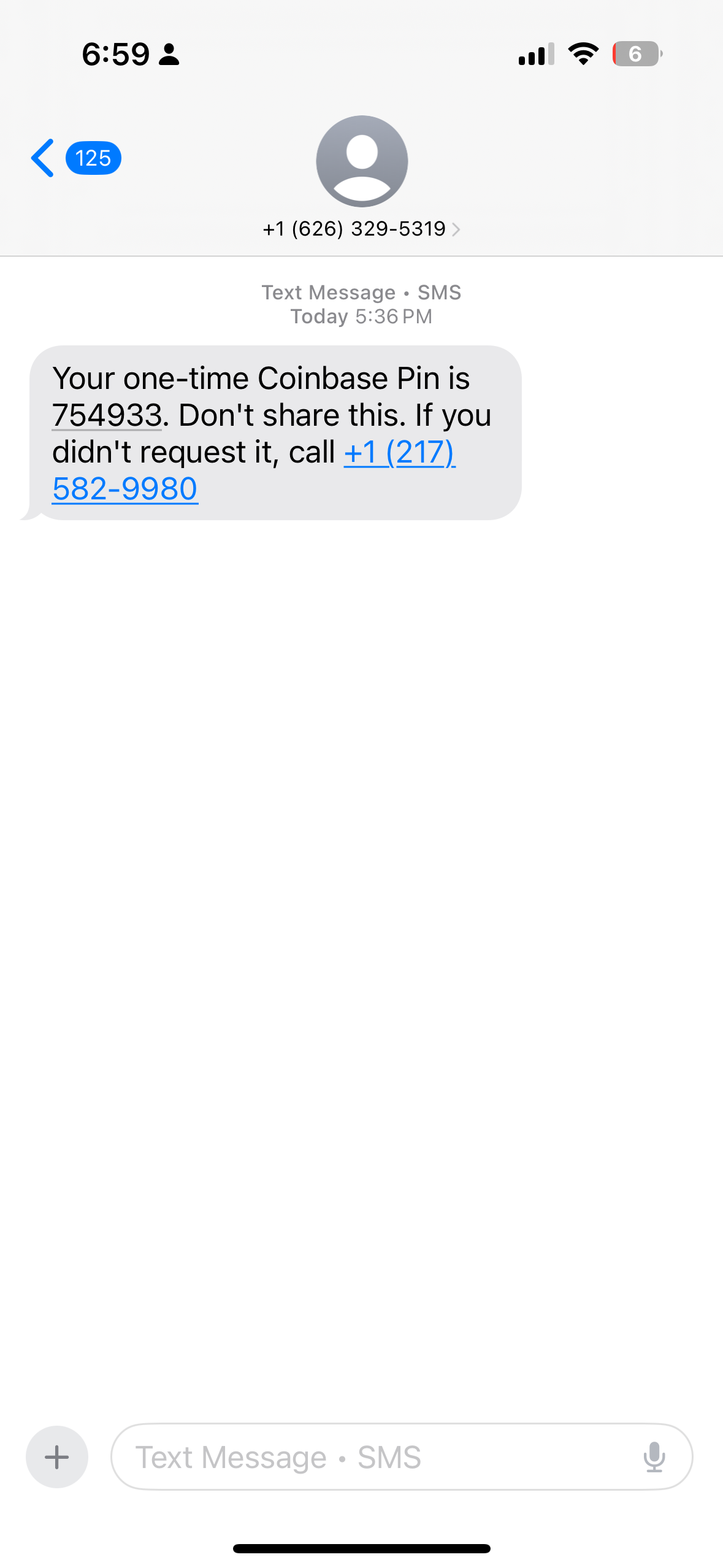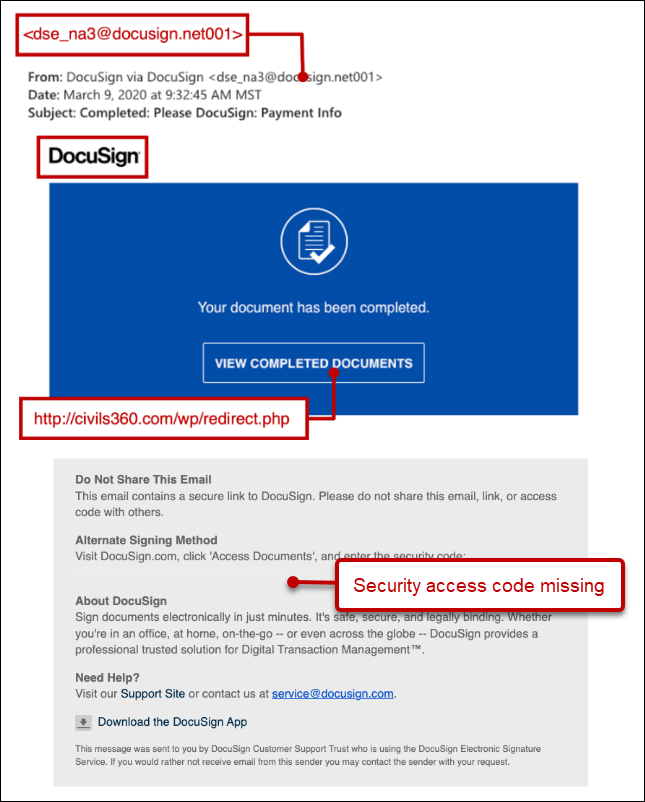In the wake of the recent $400 million Coinbase security breach, scammers have launched sophisticated smishing (SMS phishing) campaigns targeting cryptocurrency users. This article examines the connection between the hack and these targeted scams, providing essential guidance to protect your digital assets.
Understanding the Coinbase Security Breach
On May 16, 2025, cryptocurrency exchange giant Coinbase confirmed it had suffered a major security breach, with hackers gaining unauthorized access to approximately $400 million worth of assets. According to reports from Reuters and CNBC, the attack originated through social engineering of third-party support staff.
The breach involved overseas support agents who were bribed to provide access to internal systems. While Coinbase has assured customers that the vast majority of assets remain secure, the incident has exposed sensitive user data, including:
- Email addresses associated with accounts
- Account balances and transaction histories
- Phone numbers linked to accounts
- Names and other personal identifying information
Critical Alert
While Coinbase has implemented additional security measures and is working with law enforcement to investigate the breach, the exposed data creates significant risks for users beyond the direct theft. Particularly concerning is the potential for targeted smishing attacks using the compromised information.
The Smishing Connection: How Scammers are Exploiting the Breach

Example of a smishing text pretending to be from Coinbase
Within hours of the breach becoming public knowledge, cybersecurity researchers identified a surge in smishing attempts targeting cryptocurrency holders. These text-based attacks are particularly dangerous because they:
- Use accurate personal information - With access to real names, email addresses, and phone numbers from the breach, scammers can create highly convincing personalized messages
- Reference legitimate account details - Some messages include partial transaction histories or approximate balance information to establish credibility
- Exploit time-sensitive concerns - Messages create urgency by referring to the recent breach and suggesting immediate action is required to secure assets
- Target emotionally vulnerable users - The timing capitalizes on heightened anxiety among cryptocurrency holders
Anatomy of Coinbase Smishing Messages
Security researchers have identified several variants of smishing messages specifically targeting Coinbase users. These typically fall into three categories:
1. Account Security Verification Messages
COINBASE ALERT: Due to the recent security breach, your account requires immediate verification to prevent unauthorized transfers. Secure your assets: hxxps://coinbase-account-secure.co/verify
Red Flags:
- Urgent language - Creating panic through terms like "immediate verification"
- Suspicious domain - Not using the official coinbase.com domain
- Threat of asset loss - Implying assets are at immediate risk
- Request for immediate action - Pressuring users to click immediately
2. Compensation Claim Messages
Coinbase: As part of our security breach recovery, you are eligible for $200 in BTC compensation. Verify your identity within 24hrs to claim: hxxps://coinbase-breach-compensation.co/claim-btc
Red Flags:
- Too-good-to-be-true offer - Free cryptocurrency is a common lure
- Time pressure - The "24hrs" deadline creates artificial urgency
- Identity verification request - Legitimate compensation wouldn't require additional verification
- Suspicious domain - Not using Coinbase's official domain
3. Enhanced Security Enrollment Messages
Coinbase Security Update: Enroll in our Advanced Protection Program following the recent breach. Your account [email] requires immediate security upgrade: hxxps://coinbase-enhanced-security.co/enroll
Red Flags:
- Fake security program - Coinbase hasn't announced any such program
- Inclusion of actual email address - Using breached data to appear legitimate
- Suspicious domain - Not using Coinbase's official domain
- Urgent language - "Immediate security upgrade" creates false urgency
Actual Smishing Example

Example of a cryptocurrency smishing attack
How to Protect Yourself from Coinbase-Related Smishing
If you're a Coinbase user or cryptocurrency holder, follow these essential steps to protect yourself:
- 1. Access Coinbase directly - Never click links in texts or emails. Always open the official Coinbase app or type coinbase.com directly in your browser.
- 2. Enable all available security features - Ensure you have two-factor authentication enabled on your Coinbase account, preferably using an authenticator app rather than SMS.
- 3. Be suspicious of all unexpected communications - Coinbase will never ask you to provide your password, 2FA codes, or to click urgent security links via text message.
- 4. Verify account status through official channels - If you're concerned about your account security, contact Coinbase through their official support channels only.
- 5. Watch for signs of compromise - Monitor your account for any unauthorized transactions and enable notifications for all account activity.
- 6. Report suspicious messages - Forward any suspicious texts to 7726 (SPAM) and report them to Coinbase's security team.
- 7. Consider using a hardware wallet - For large cryptocurrency holdings, consider moving assets to an offline hardware wallet not connected to exchanges.
Coinbase's Official Response and Security Recommendations
In response to the breach, Coinbase has advised users to:
- Change their account passwords immediately
- Ensure two-factor authentication is enabled
- Review recent account activity for any unauthorized transactions
- Be vigilant against phishing and smishing attempts
- Report any suspicious communications claiming to be from Coinbase
The company has emphasized that they will never:
- Ask users to share their passwords or 2FA codes
- Request remote access to devices
- Ask users to send cryptocurrency to "secure" wallets
- Request payment for security features
Broader Implications: Lessons for All Cryptocurrency Users
The Coinbase breach and subsequent smishing campaigns highlight important security principles for anyone involved in cryptocurrencies:
- Security breaches create secondary risks - The initial breach is often just the first stage, with stolen data enabling more targeted attacks
- Verification is critical - Always verify the authenticity of communications through official channels
- Diversification provides protection - Avoiding keeping all assets on a single exchange reduces vulnerability
- Timely response is essential - Quick action following breach announcements can prevent subsequent exploitation
Conclusion: Vigilance in the Wake of the Breach
The Coinbase security breach serves as a powerful reminder of the evolving threats in the cryptocurrency space. While the direct impact of the breach is significant, the secondary wave of smishing attacks potentially puts even more users at risk.
By understanding the connection between data breaches and targeted scams, users can better protect themselves against these sophisticated attack vectors. Maintaining vigilance, verifying all communications, and following security best practices remain your best defense against increasingly convincing cryptocurrency scams.
Further Resources and References
Get Expert Analysis with Scam Helper
Received a suspicious text claiming to be from Coinbase or another crypto platform? Scam Helper's advanced AI can analyze messages for signs of fraud, helping you identify legitimate communications from sophisticated scams.
Our technology is constantly updated to recognize the latest crypto scam techniques, providing you with peace of mind in an increasingly complex digital asset landscape.


